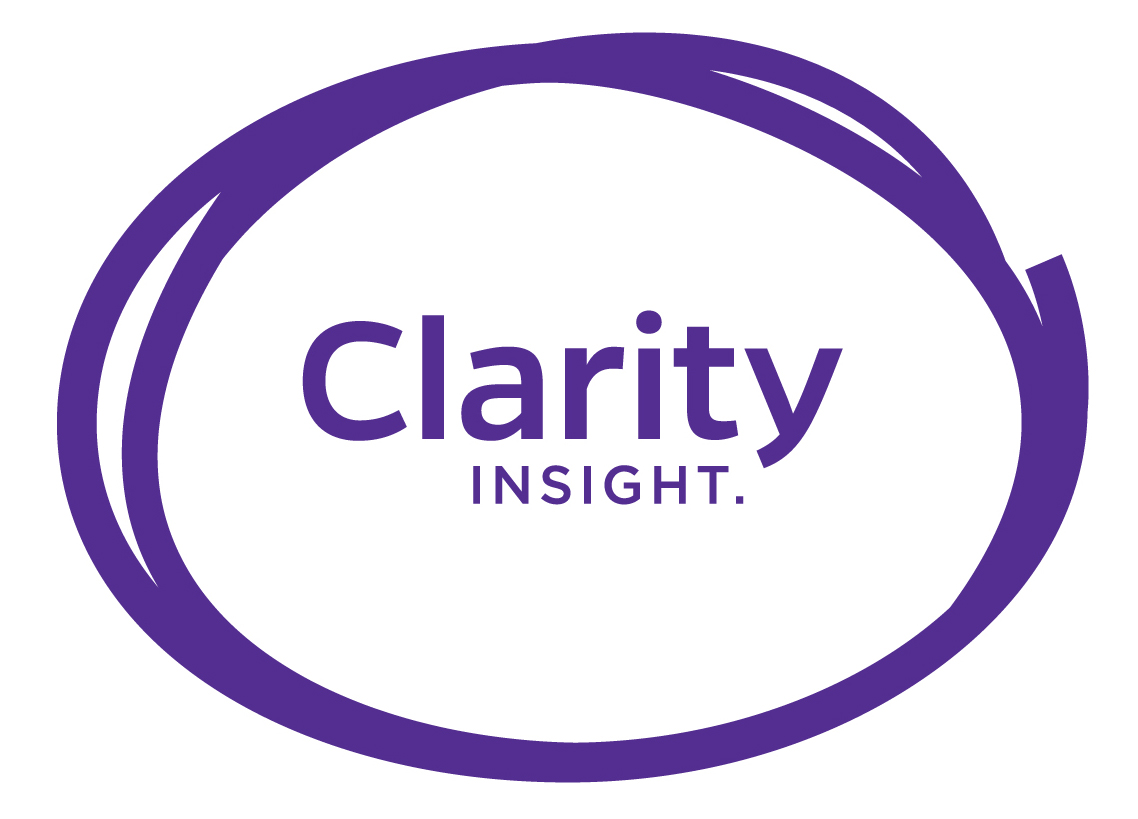What makes a great workshop?
Workshops can be such an invigorating experience – I always get lots out of them. Recently we conducted some great workshops with an excellent client. Great energy, great ideas, and some great inspiration. It got me thinking…
What’s the most important factor that determines a successful workshop?
Having a suitable location/venue? Sure.
Having a skilled facilitator guiding things? Absolutely.
Having a structured and well thought out session plan? Of course.
But the most important ingredient? I’m reminded of the famous Maori saying – He Tangata, he tangata, he tangata – it is the people, it is the people, it is the people…
For any workshop to produce quality outputs, it needs the right people involved. Kind of obvious perhaps, but for me, there are two types of people that should be involved – the (potential) customer, and the right people from the company/client.
Let’s start with the company’s people. Here’s a few suggestions:
DO – include people who are creative and can translate customer insights into potential solutions, regardless of their rank or status within the organisation.
DON’T – have representation from all teams/business units just for the sake of it – while it’s a nice idea, such supposed diversity rarely delivers as intended, and usually ends up creating compromise in the group dynamic.
DO – include people who are open to new ideas and will genuinely listen to the customers’ perspective.
DON’T – involve people who are solely interested in pushing their own agenda.
And let’s not overlook actual customers. For some reason, this seems to happen too frequently. The value of having even one customer involved can make all the difference, but if possible try to include a number of them. Here’s a few suggestions:
DO – make sure the (potential) customers represent your target market, or different segments within your target market
DO – screen potential participants for creativity and fortitude – having the ability to articulate their thinking and not be overawed when questioned by a CMO is essential
DO – get them to generate and prototype potential solutions. The process of drawing, constructing, or sculpting is far more insightful than question and answer formats
DO – make the (potential) customers feel important and that their contribution is valued. It should be a great experience for them, not a taxing one!
So before booking a venue, or ordering the post-it notes, think carefully about who you should actually have in the workshop – what role you want them to play, and what you expect them to contribute. As a workshop facilitator it makes our job a whole lot easier when we’ve got the ‘right’ people in the room.
Then it’s just a case of watching the magic unfold!

